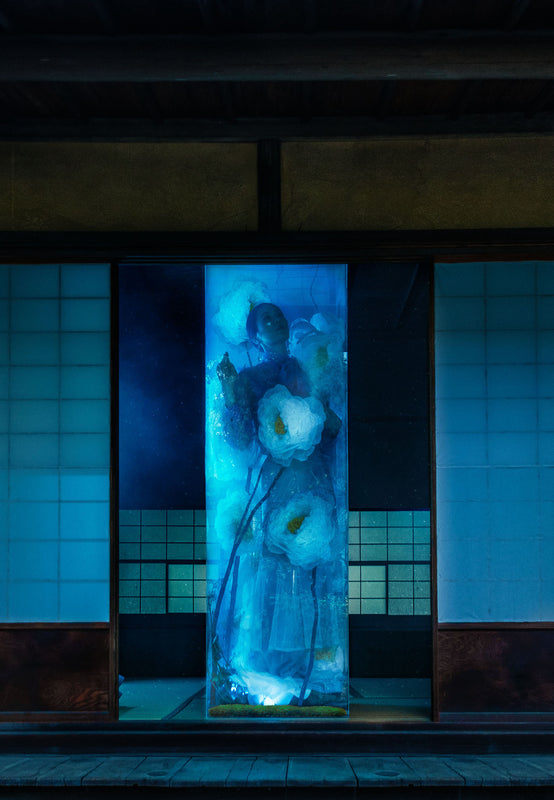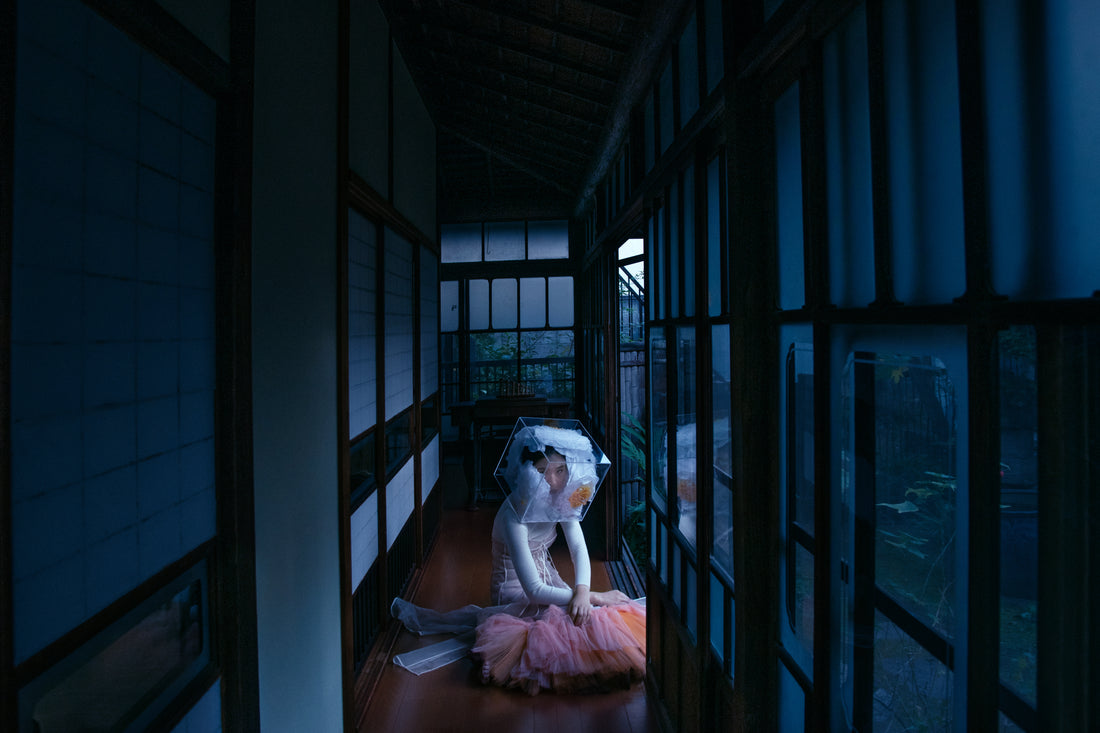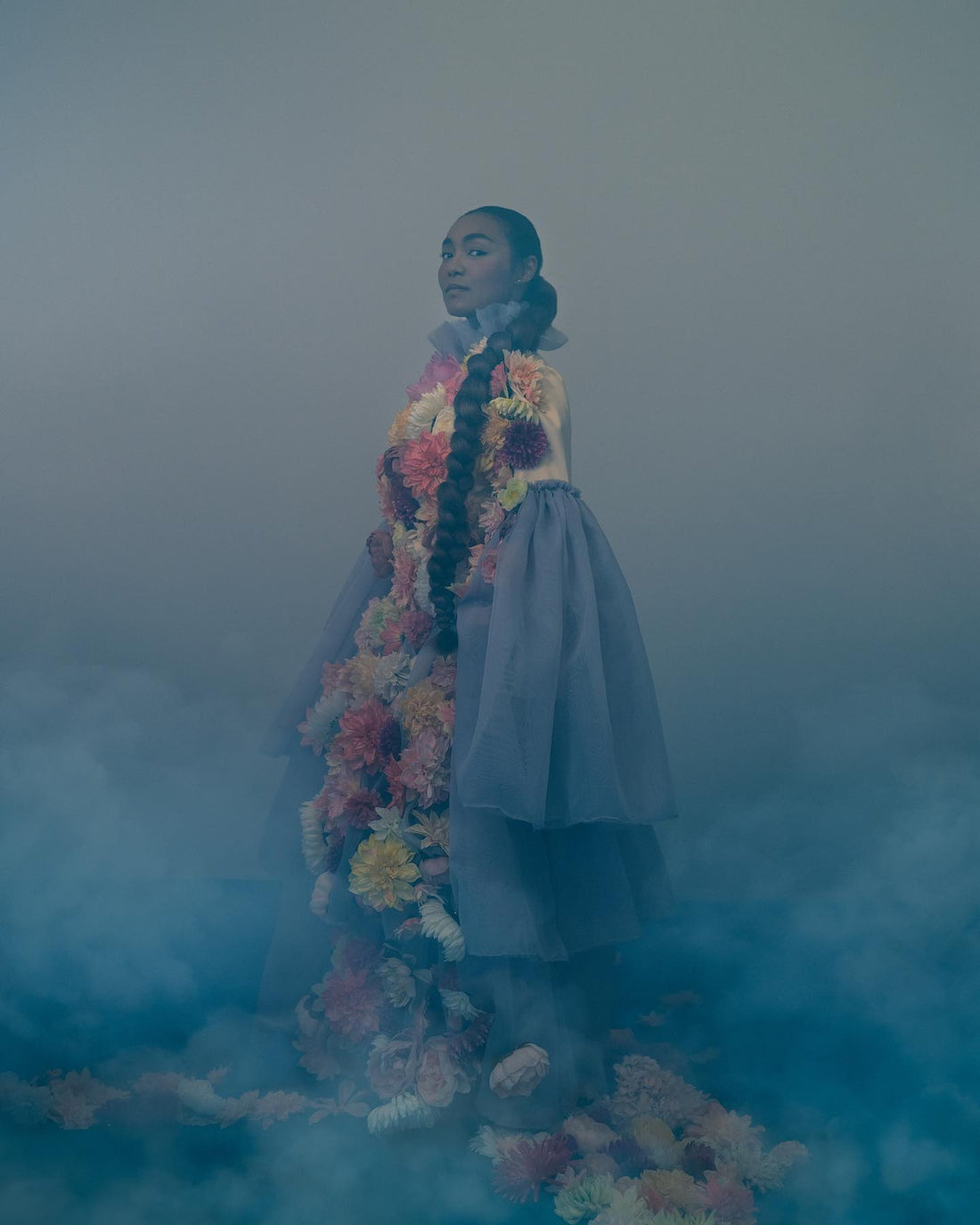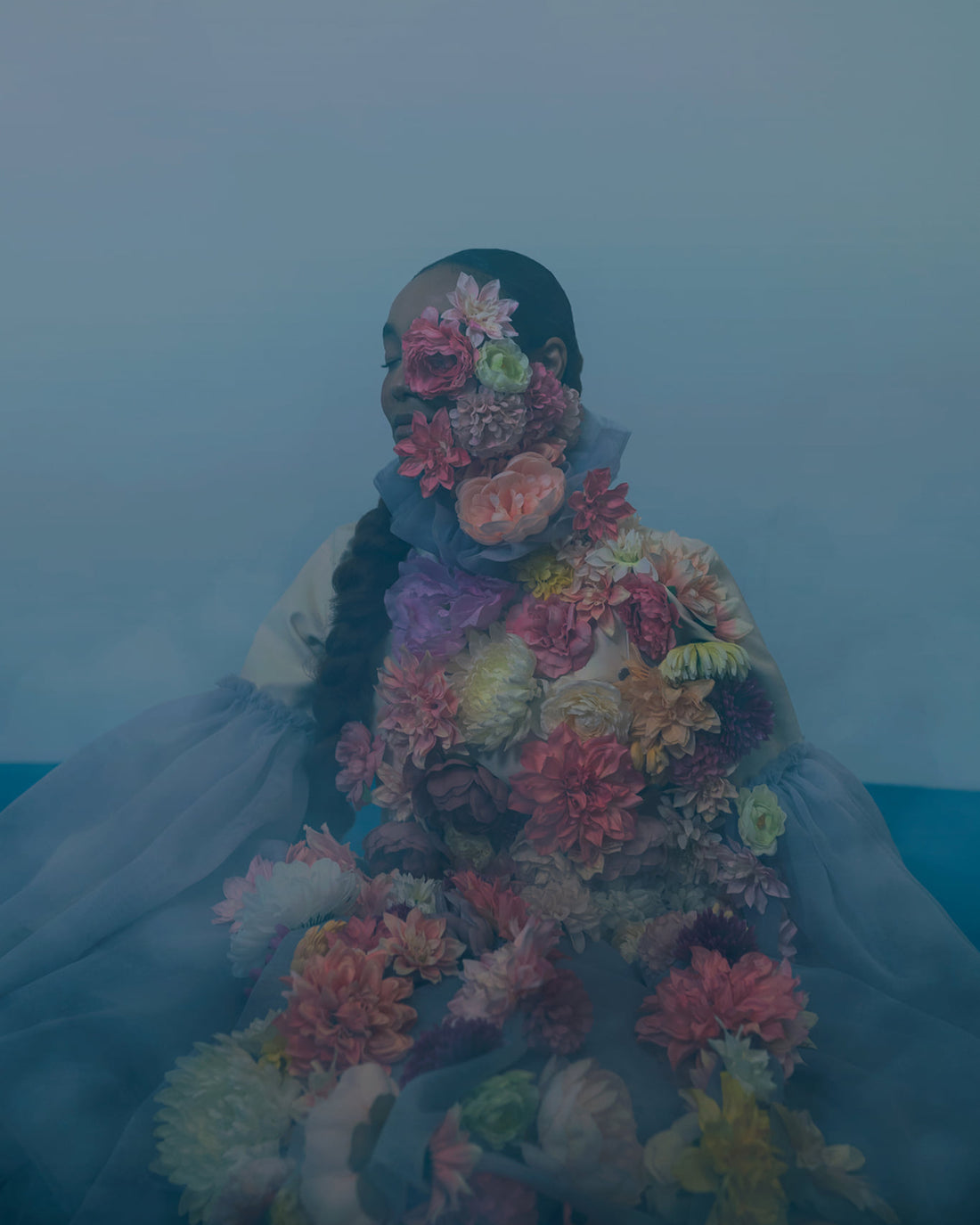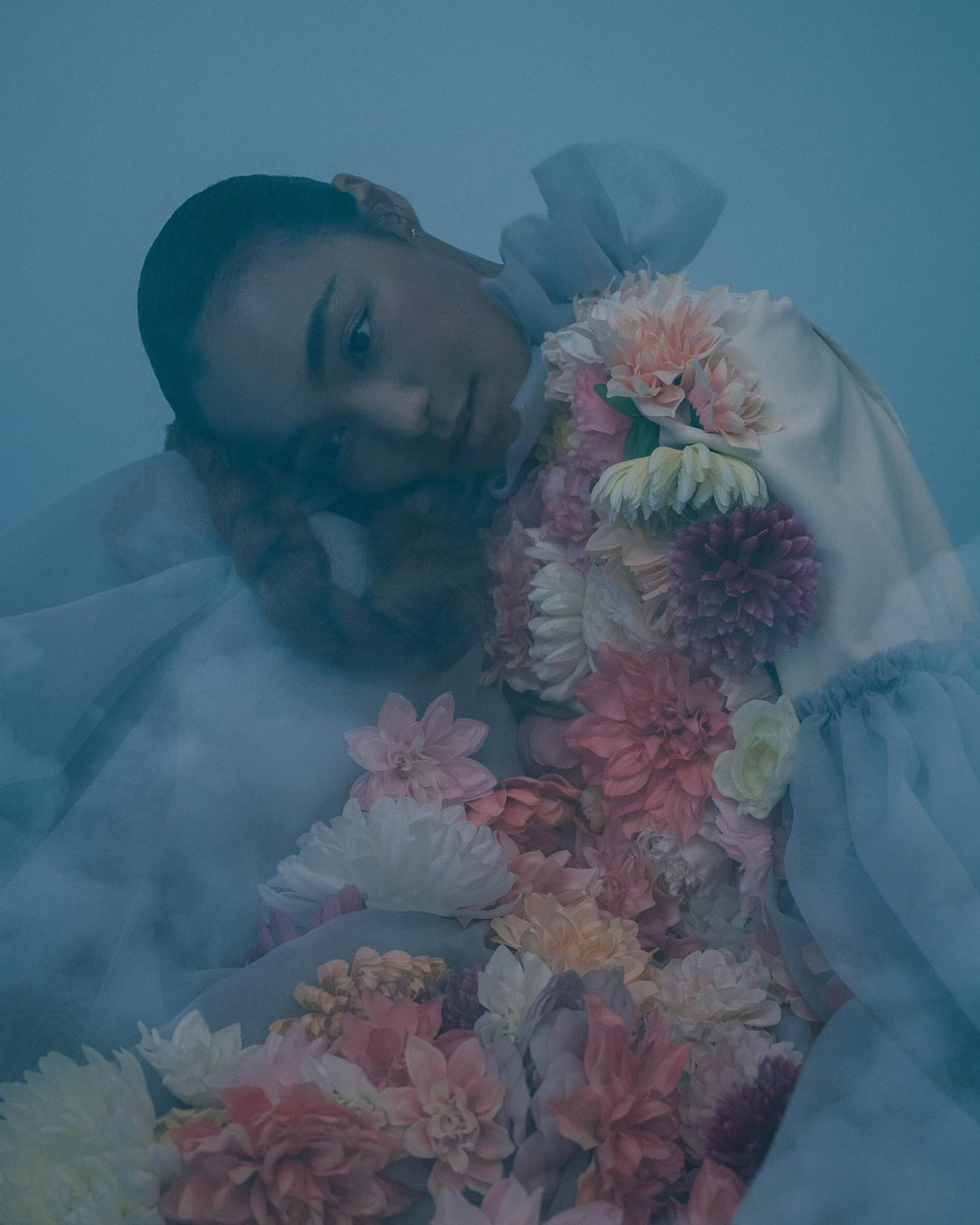-
We sat down with Osaka-born Fine Art photographer Reylia Slaby, whose visceral work transcends medium thanks to a hypnotic use of colour, movement and light.
-
Highly textual and seeping with emotion, like powerful stills capturing the climactic conclusion of a film, Slaby’s work is sensory; you can almost feel the images. Speaking to the Nara-based artist, we sought to understand what makes her tick, and why she turned to Fine Art photography despite cutting her teeth in graphite pencil art.
Justin Potter (Editor): So to start with, how did you get into the world of fine art photography?
Reylia Slaby: I gradually came into it. My dad was a photographer when he was living in the States, before he went to Japan. When we were growing up, we just had cameras lying around the house. I would just pick it up and when I was in middle school my friends would call me the paparazzi because I just liked taking pictures of everything.
At the time, I was actually doing graphite pencil art and it was my way of expressing myself. But I had my parents telling me, ‘You need to draw this if you want to make money, if you want to do this/that, make money,’ to the point where I started drawing a bunch of stuff that I didn't care about and then I got so burnt out. I needed to find a different medium, and I stumbled upon the idea that you can actually use photography to express yourself instead of using a pencil. Photography doesn't have to be just for fashion work or architecture. You can actually use photography as a form of expression to tell a story, and once I realized that, it was off to the races.
JP: What kind of direction are you working on now, and what challenges are they posing?
RS: Currently I'm really interested in the juxtaposition between darkness and light. Every project is such a learning experience. And sometimes it requires extra takes to figure it out, and balance it out with the light, etc. Because I use natural light, it takes a lot of tries and a lot of experimentation. These are the kinds of things I've been focusing on, more or less now.
-
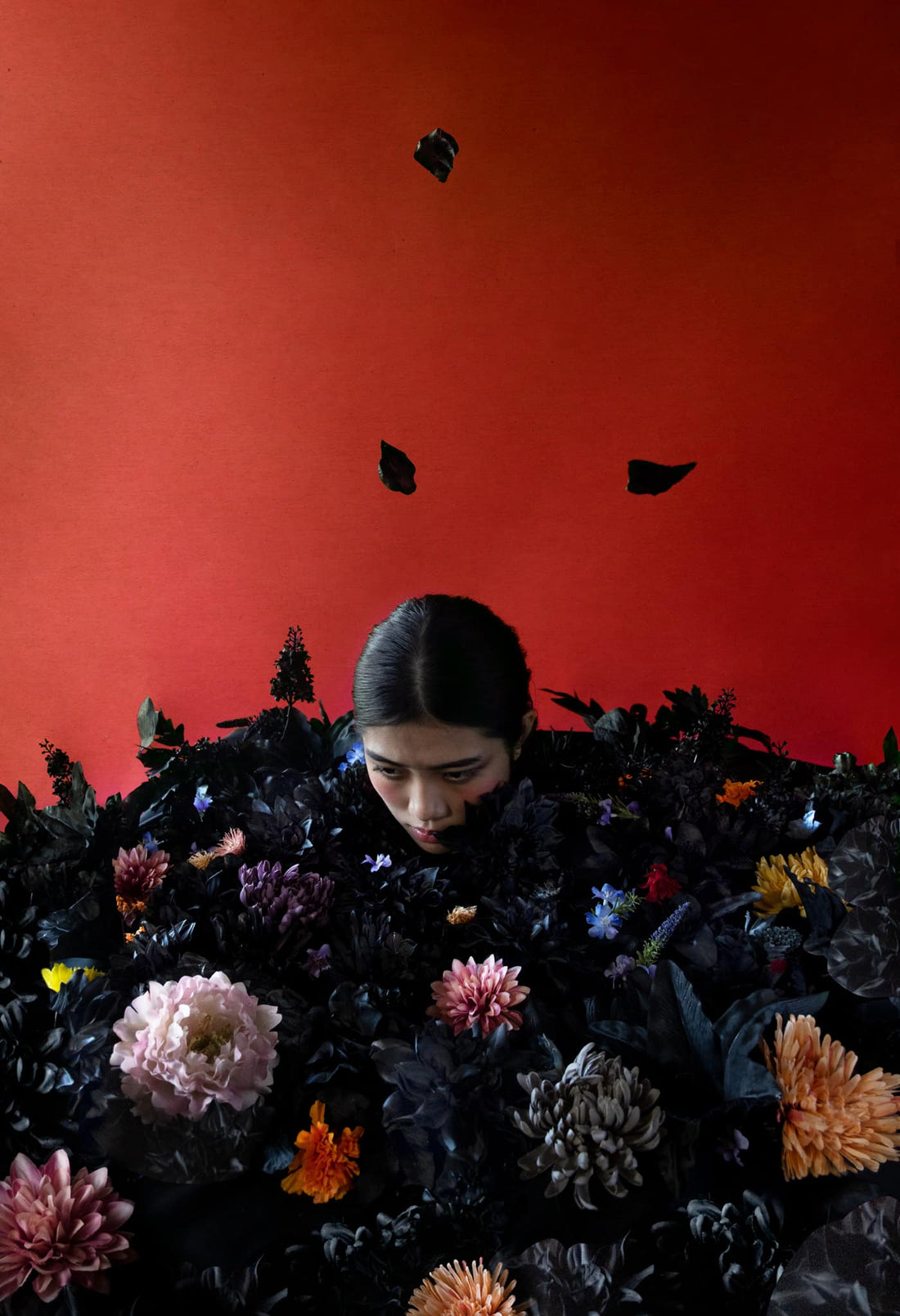
“There Was Joy Too”
-
JP: How do you formulate your ideas or concepts?
RS: That's the question of the century isn’t it! Sometimes, they just come. Every once in a while, the visual comes to my head like a translation of something that I've been feeling, something that I've been trying to understand. It's a really interesting and beautiful process.
When I first started, I was very, very clear in terms of what I liked and what I didn't like. But since Instagram, we get so many things visually. Everything starts to get a little bit muddled up. What is actually something that we want to create versus something that you like? For a couple of years, I was going through this phase of trying to be something that I wasn't, but now I'm in a place where I'm thinking, ‘Okay, I have a bit of an idea of what I really like, and what's interesting to me’.
Juxtaposing ideas are really interesting to me. In life, there's always this balance of the positive and the negative, two sides of the coin. You have these two things that go hand in hand, and it's always going to be that way — it creates this very interesting neutrality. I feel peaceful when I'm working with it.
This piece I really like. It's going to be the main visual for the show. It's called, ‘There Was Joy Too’. It expresses everything that happened last year and that's happening this year — it’s this struggle. Things are confusing and frustrating and annoying; did you ever notice that you're just kind of grinding through? In the moment you feel like everything’s dark— you’re all consumed with it. But in retrospect, you can look back at those times in your life and see that there were good parts. There was joy too.
JP: How has the last few years affected you as an artist or even just as a person?
RS: It was one of the most difficult parts of my life. At the beginning of COVID, I almost died. It wasn't COVID-related, but I had a seven centimeter growth which turned out to be a blood clot — so it was quite scary. Mentally, I was wrecked. For months, whenever I felt any small sensation I had in my body, I would go into a big panic. And then for about six months, I was rehabilitating. But it's all good now. Therapy and making art helped.
I wasn't making too much art at the time, but I think it shapes who I am now. Indirectly, it bleeds into the art. It's definitely evolving. I'm starting to be a little bit more protective about the work in the sense of trying not to compromise as much and be a little bit stricter with what I'm doing, even with myself.
In the past, I’d be like, ‘This is good enough’, or, ‘That's good enough’. But now I'm in this position that the most important thing is the success of the work and me being happy with it, instead of worrying about what other people were thinking. I’m just trying to be the best catalyst I can be for this.
-
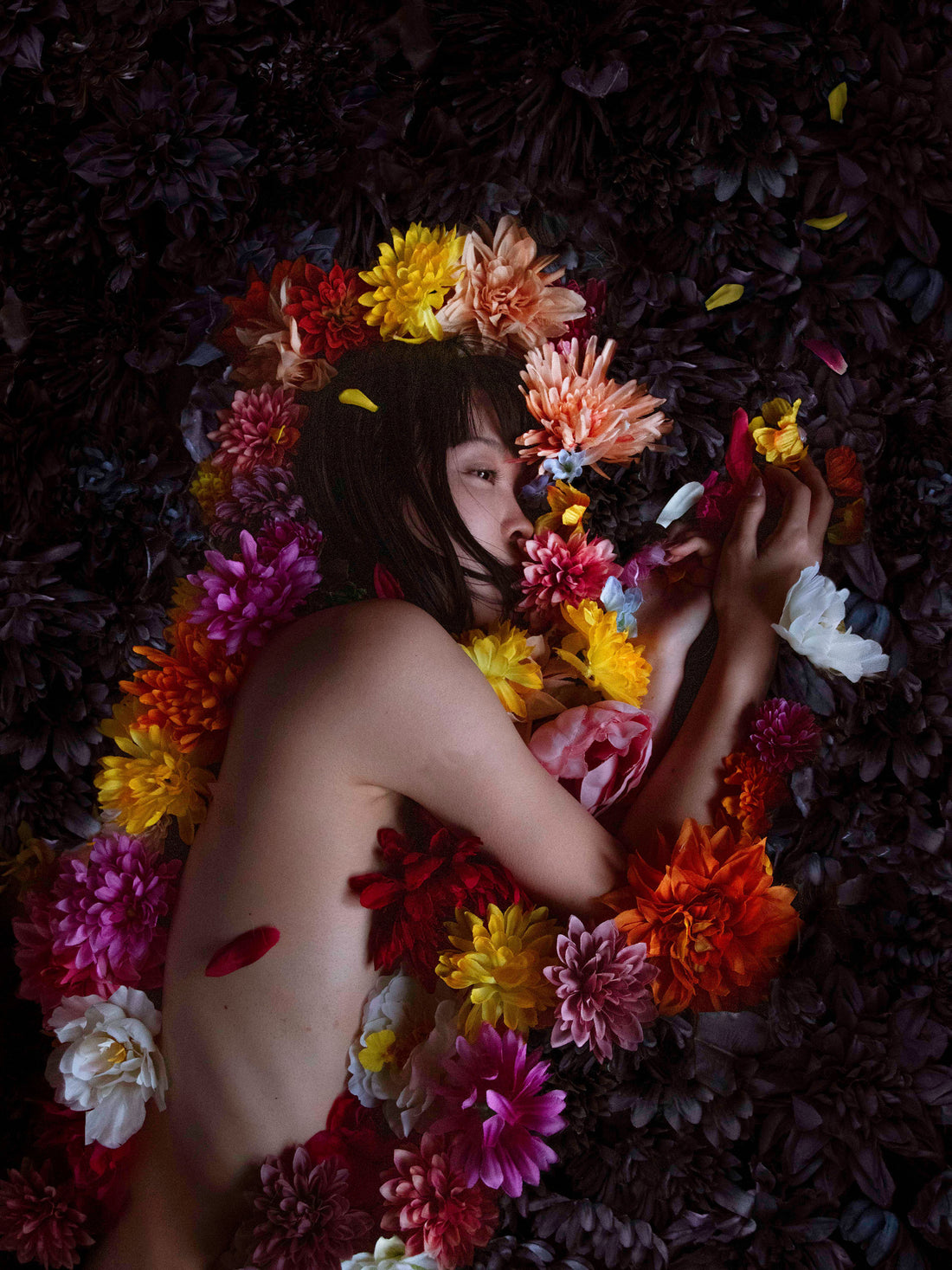
“Protected”
-
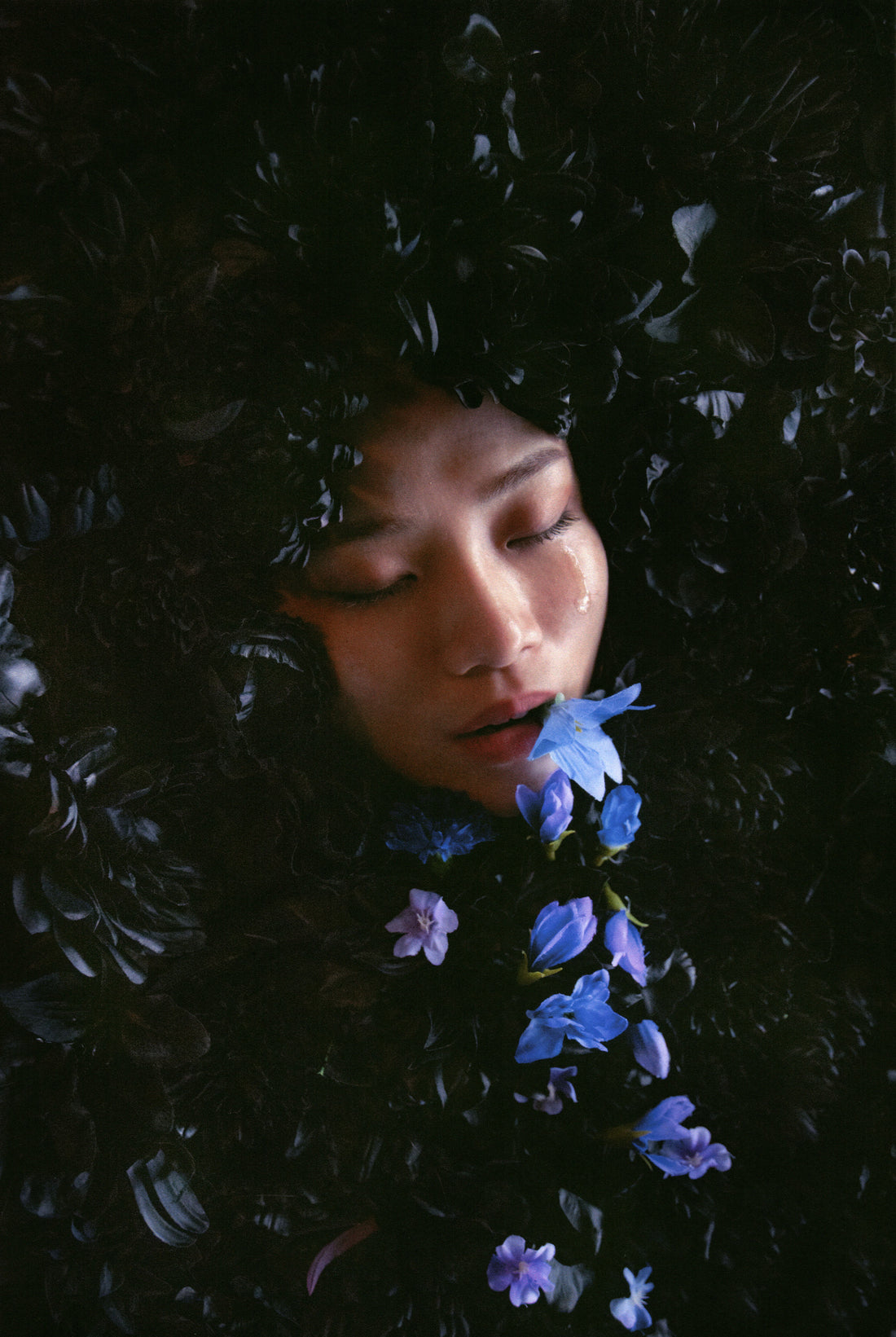
“What I’ll Tell Myself”
JP: Where and when is your next adventure?
RS: I want to go back to Mexico as soon as possible. I'm so desperate to go back. What was quite impactful for me was the juxtaposition between the two societies like Japan and Mexico — they were polar opposites. I haven't been there for as much time as I would have liked, but I was there enough to know Japanese society and how there's so much red tape. Any time there’s a little issue, everything just blows up. You're always worried about not stepping on anybody's toes. Here in Japan, if you asked if you could do something about it, the usual reply is, ‘maybe that's kind of difficult.’ Whereas in Mexico, you say, ‘Can we do this?’, and they reply, ‘I don't know. But let's try’. Mexico is a little bit more open minded.
-
JP: How do you find the challenges of being outside your comfort zone?
RS: I think it's about saying yes to the right things and being up for something a little bit different. And not being afraid. While it’s good to have your wits about you, I feel that the most exciting things happen outside of your comfort zone. It's about challenging myself and pushing my own boundaries. Can I do this? Or what happens if I do this?
-
Yesterday, I was having one of my models put matches in her mouth. I thought, can I even ask her to do this? I put them in my own mouth first, and it's like, ‘Okay, it's safe for me. So then maybe I can ask her.’ My main goal now is that if I wouldn't do it myself, then I wouldn’t ask another person. But I try it out every once in a while.
-
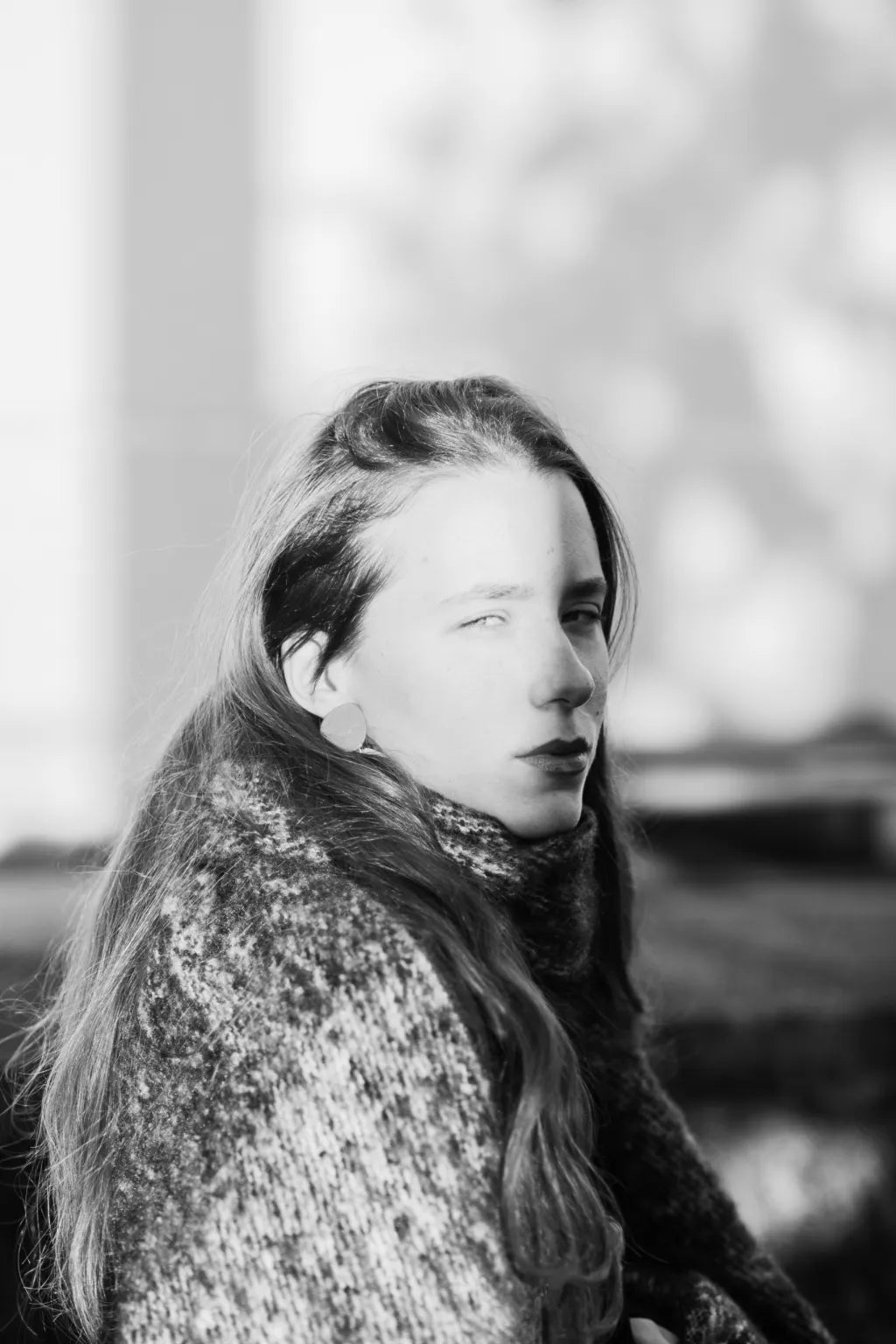
-

“Daydream”
JP: What was growing up in Japan like for you as a Caucasian?
RS: So another part of course is my identity. Being born and raised in Japan, but not being Japanese.
Most of my childhood, I didn't leave my house. It’s a bit of a long story. But we were raised in a cult — not a whole group of people, and then one person leading — it wasn't like that. It was more that my mom had a very strong opinion on things and a very cult-like mentality we had to follow. We were homeschooled on top of that, so most of my childhood was quite isolated. And part of the religion was that Friday night to Saturday night, we weren't allowed to leave the house. Our home was mixed between Christianity and Judaism, which is kind of funky.
Most of the time, I didn't see anybody my own age. Up to about 18 or 20, I was able to see someone my age once a month if I was lucky. Eventually it faded out, and I'm not religious anymore. I'm actually more of a nice middle between agnostic and atheist, a nice gray zone right now.
I remember the first day that I went out on a Saturday, and I smelled Saturday air. And it struck me as being very, very different, it was strange.
Coming to terms with my identity, leaving the house and trying to figure out who I was to Japan and interacting with Japan was confusing for a long time. Of course there were times when I was angry and frustrated, because I wanted to be understood, accepted, and I wanted to be loved by the country that I was born in. Now, as I'm finally settling into who I am and not being apologetic for it, I'm more okay with being different; finding out and figuring out how I stand; not being afraid to use certain elements from Japan in my work; just being free and honest as possible with it.
This letter I wrote a couple of years ago is also hopefully going to make its way into the submission. It's a letter called Dear Japan, because if you have identity issues there's not one single entity where you can express or direct all your frustration into. So this might add a little bit of dimension to everything.
Today, I'm just excited to be looking at all that I have available to me and saying, ‘Okay, what can I make from this? How can I flip the narrative?’. I feel quite blessed to be able to do this. I'm very, very grateful.
JP: What mediums are your exhibitions presented in? Is it a digital format or physical print?
RS: Prints, which I think is the trickiest part about photography as a medium because there are so many sides to it. Trying to present it, there are so many factors to consider, like expenses, props, models and location. And if you're doing an exhibition, it's the printing, framing, and then the payment. Whereas if I were a painter, it would be a question of canvas, paint in the frame, and display — it’s fewer steps. In photography, there are so many different elements to it. But the work itself, it's exciting.
-
Catch Reylia’s Upcoming Solo Exhibition ‘There Was Joy Too’.
Dates: MARCH 25th – APRIL 16th, 2023
Location: CAPSULE GALLERY
Gallery Information: https://capsule-gallery.jp/
More From The Journal
View All-
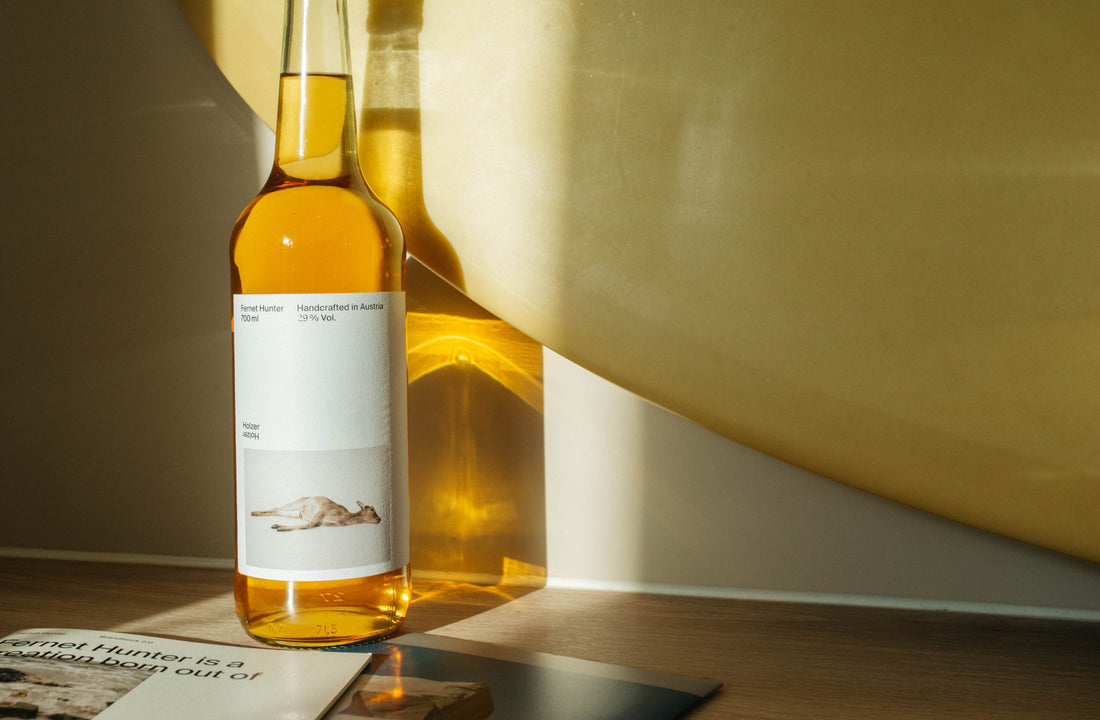
Conversations
From Brunnwald Forest to Hong Kong and back: Conversations with Raphael Holzer
We sat down with Raphael to talk about family legacy, building his business, and tackling the unknown.
-
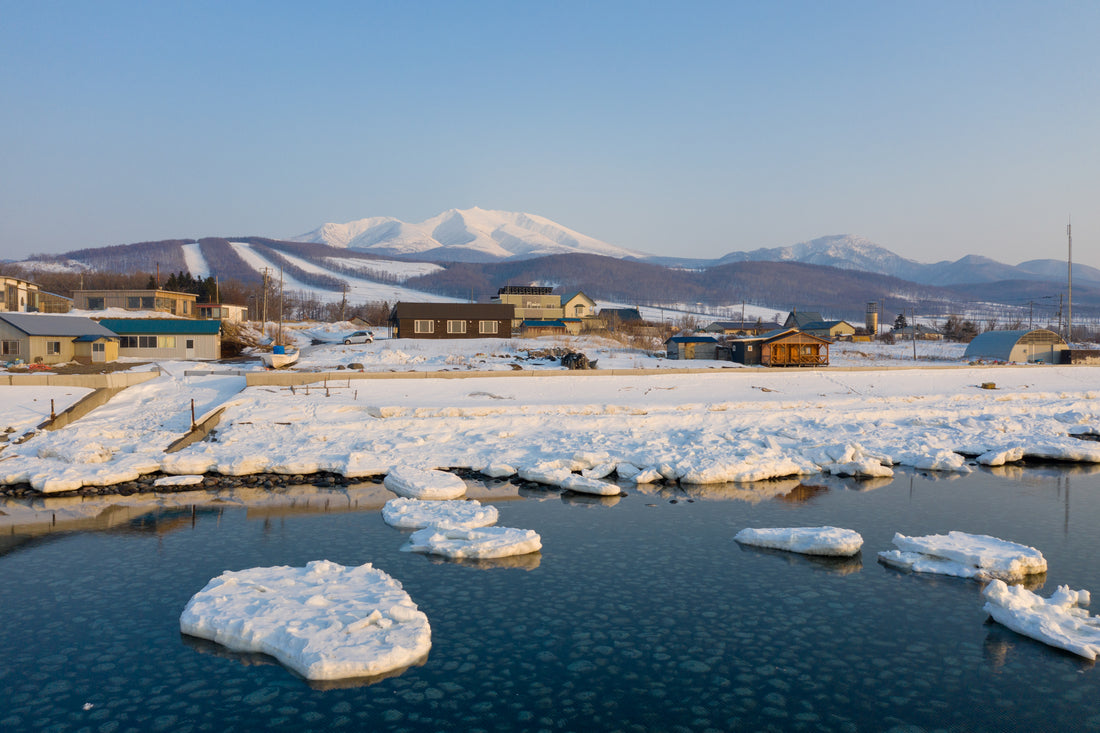
Travels
Ryūhyō — Hokkaido’ Drift Ice
Beyond the shores of Hokkaido, Japan’s northernmost island stretching up to Russia’s Sakalin Island, an awe-inspiring transformation is taking place.
-
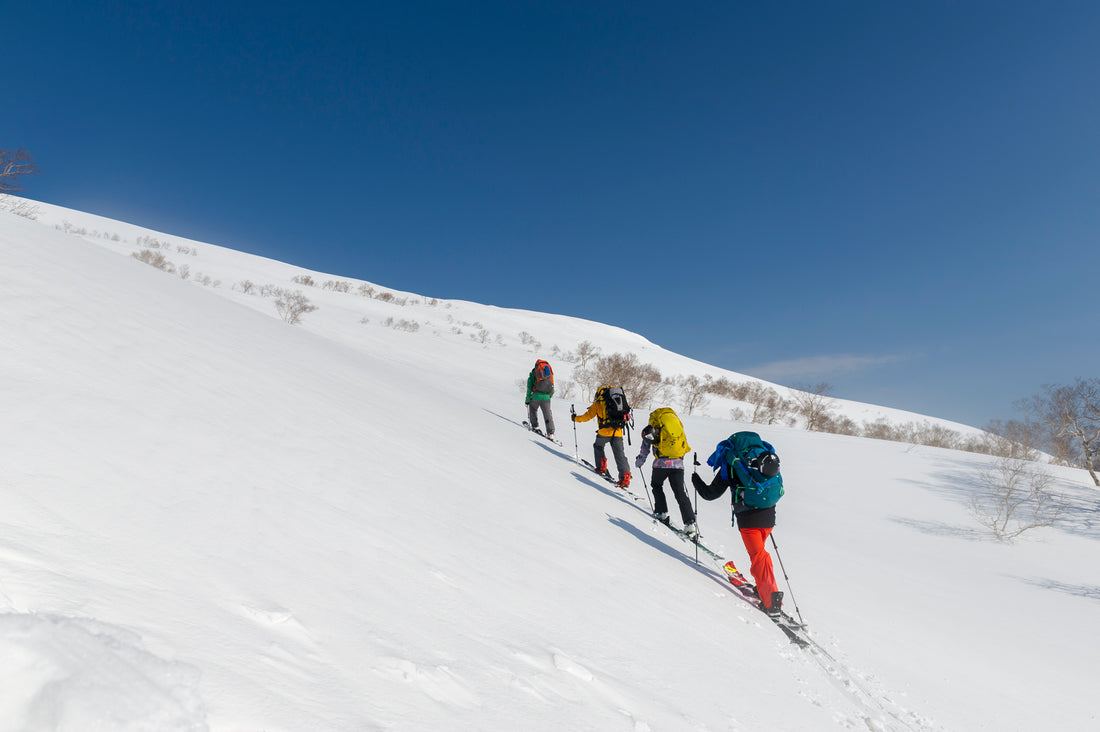
Travels
Rishiri Island — Skiing in Lands Unknown
Situated some 20 km west of Hokkaido sits the small, disk-like island of Rishiri. Small and compact it may be, covering some 180 sq/km, yet this mighty little island packs a punch, for standing tall and fierce in the rotund island’s icy centre is Mount Rishiri.


